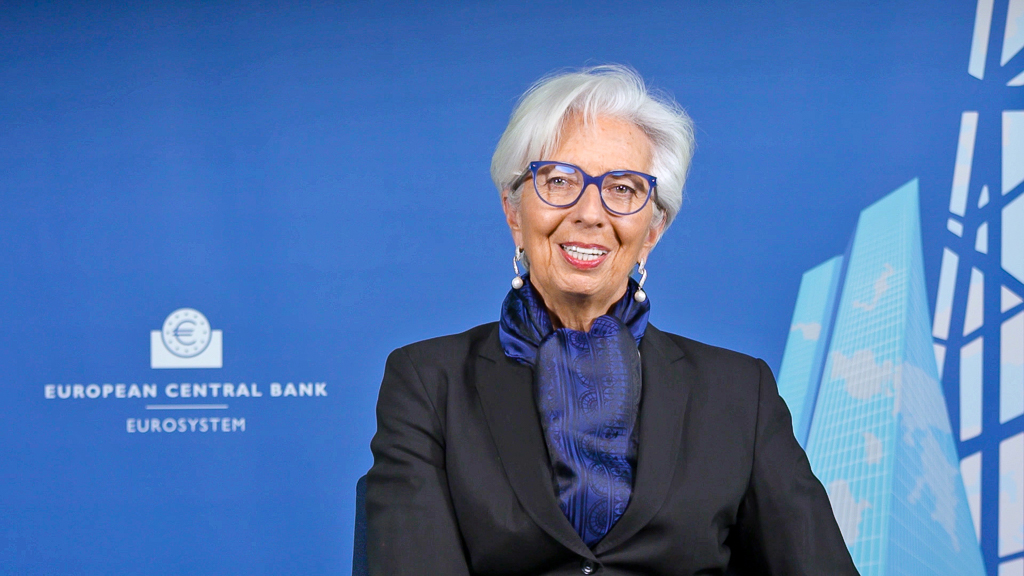Here are the new 4 pillars of the made in ECB policy

The comment "ECB: the art of compromise and the missed opportunity" by Pasquale Diana, senior macro economist of AcomeA
The ECB announced the results of the Strategy Review. The review began in 2020 and suffered severe delays due to the pandemic. The process involved 13 working groups, the results of which will be presented in working papers that the ECB will publish in the coming weeks.
There are four main changes: first, the new target will be 2%, no longer “just below 2%”; second, in the coming years it will include the costs of real estate activities (housing) in the inflation index, as other central banks already do; third, the "monetary pillar" will be replaced by a "monetary and financial" pillar, presumably to include regular analyzes of financial conditions often mentioned by Lagarde; fourth, factors related to climate change will be included in its analyzes, purchase programs and monetary framework.
WHAT ARE THE IMPLICATIONS FOR MARKETS AND MONETARY POLICY?
The inclusion of real estate assets in inflation was likely to be expected and should lift measured inflation to the margin of 10-20 basis points. The formal revision of the target to a symmetrical 2% was certainly also expected by the market. In general, bringing the inflation target from “just under 2%” to a symmetrical 2% is equivalent to raising the target and therefore – ceteris paribus – goes to the margin in the direction of a more expansive monetary policy. The context in which these decisions are made is important. Inflation in the eurozone over the last ten years has averaged 1.2%, just over half of the target. Perhaps something more concrete was expected from the ECB on how to bring inflation back to the target. Instead, the ECB limited itself to mentioning the existing instruments (interest rates, forward guidance, QE, LTRO) and to say in a generic way that it would introduce new ones if necessary. And what about inflation? For example, the ECB could have announced that it would try to bring inflation beyond 2% for a period, in order to partially offset the low inflation of recent years. This is the essence of the Average Inflation Targeting (AIT) announced by the Fed at Jackson Hole in 2020. Or the ECB could have provided indications on how it would try to keep its purchasing policy flexible even after the expected end of the PEPP. for March 2022. Instead, none of this. When – as now – rates are close to the so-called effective lower bound (i.e. the limit beyond which it is not prudent to cut them), the ECB argues that special conditions are created. Unable to cut rates, the central bank must take strong measures to prevent inflation expectations from deteriorating. Doing this can lead to a temporary period of inflation above the target, according to the ECB. It may seem like a step towards AIT, and indeed it is, but it is very shy indeed. Furthermore, Lagarde herself said that there will be no material consequences for monetary policy.
A STEP FORWARD, BUT ALSO A MISSED OPPORTUNITY
It would be wrong – and ungenerous – to say that nothing has changed. The ECB helped to clarify its inflation target and make it transparent. The working papers that will be published in the coming weeks will certainly provide interesting study material. That said, it should be remembered that the ECB expects inflation only at 1.4% in two years, despite the monetary stimulus already implemented. The problem of inflation well below target is real and requires strong measures. The clear feeling is that the ECB could have done more and that the need to find a compromise between the various members has prevented a more ambitious solution. Many of the unresolved issues will inevitably come to a head in the coming months. For now, the Strategy Review is undoubtedly a step forward, but also a missed opportunity.
This is a machine translation from Italian language of a post published on Start Magazine at the URL https://www.startmag.it/economia/ecco-i-nuovi-4-pilastri-della-politica-made-in-bce/ on Fri, 09 Jul 2021 08:03:51 +0000.
